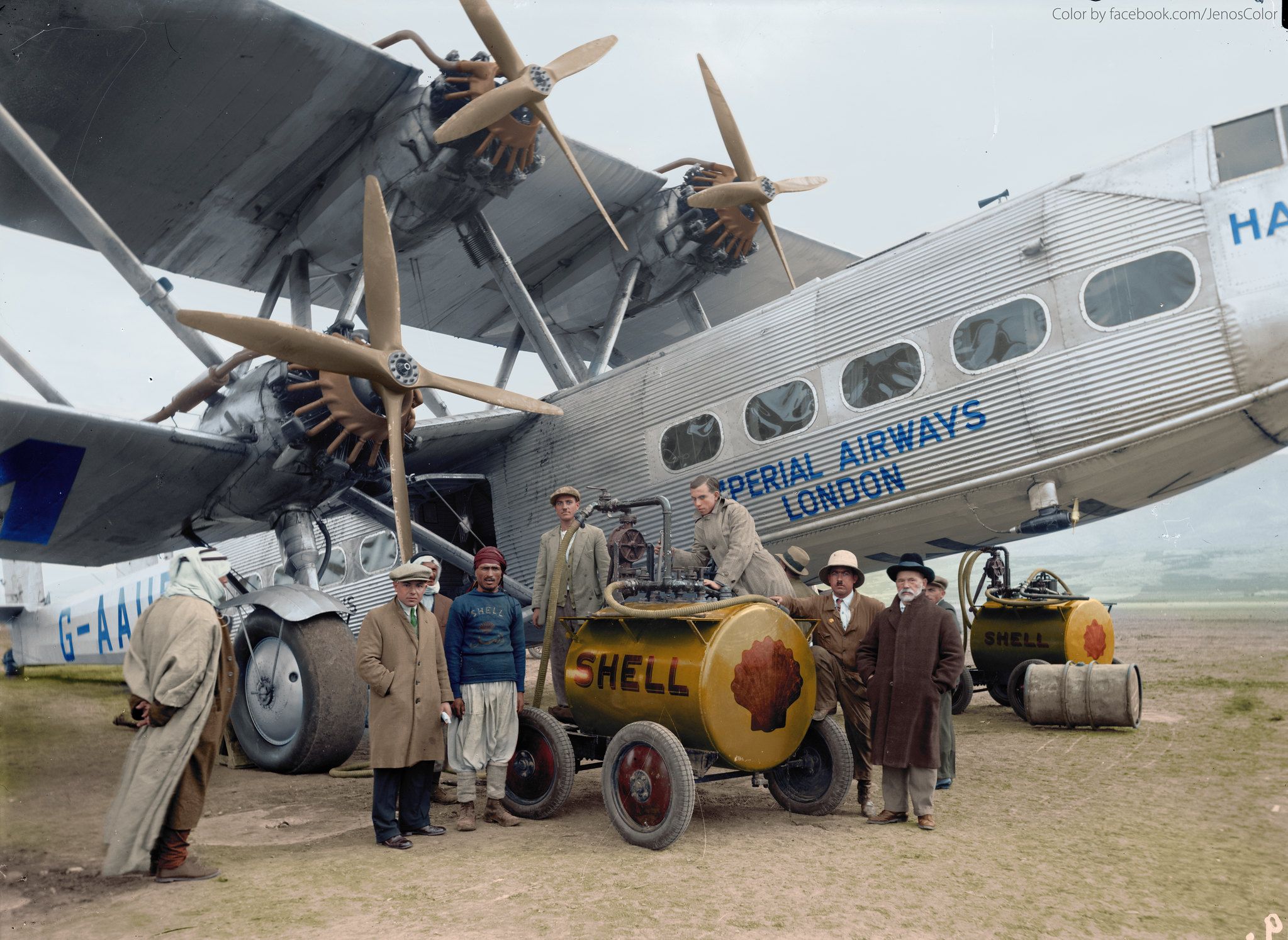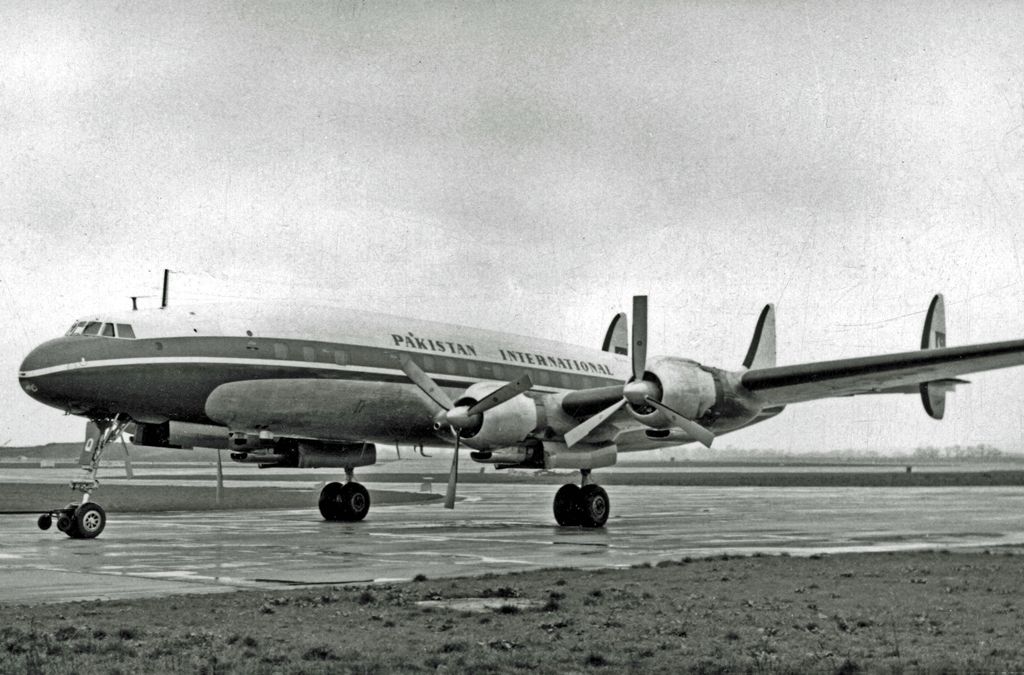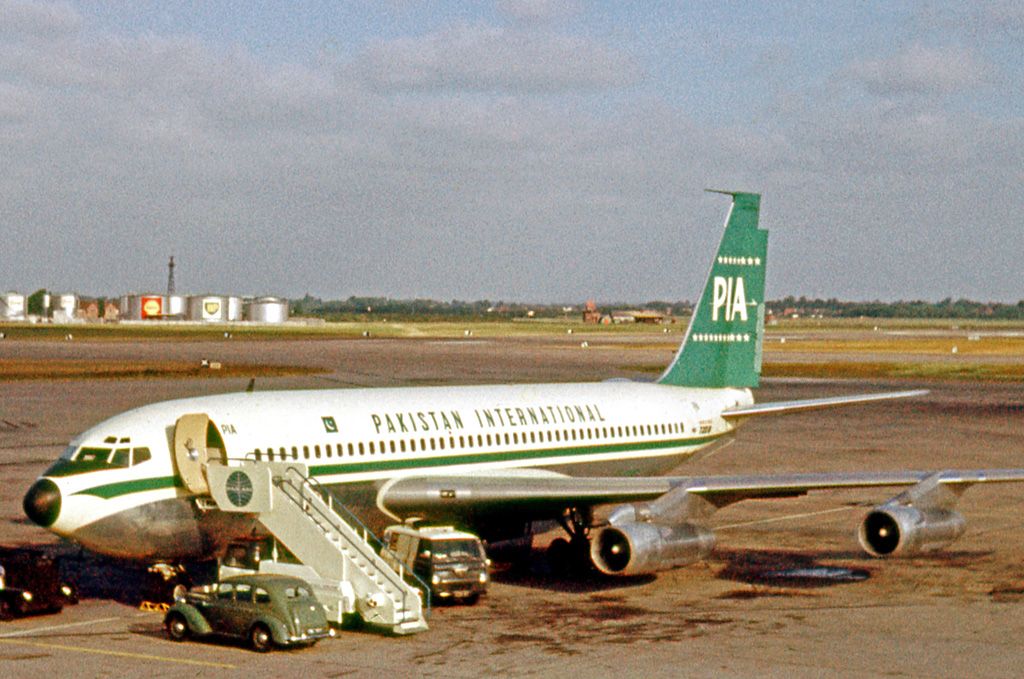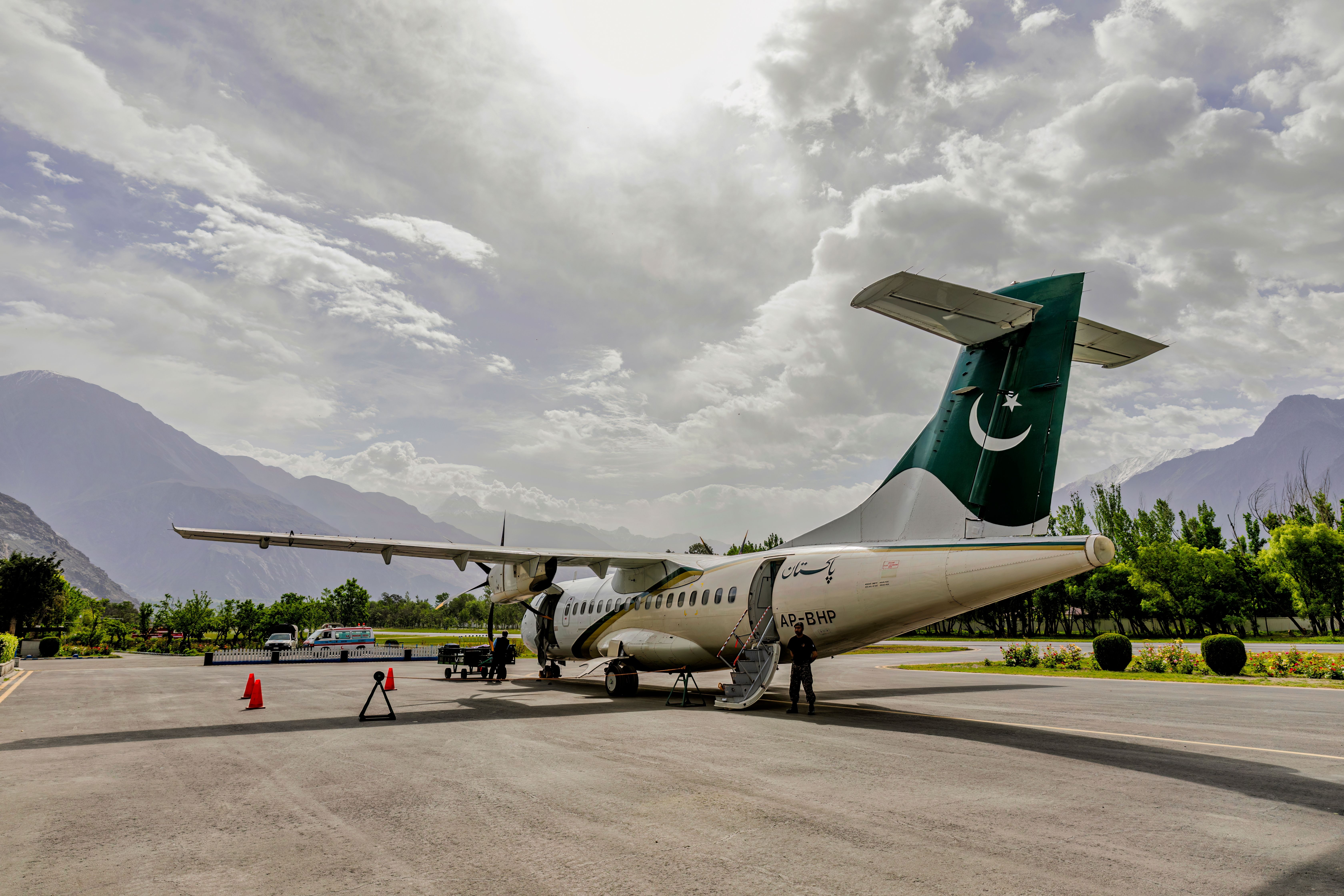Let’s take a look back at the early years of Pakistan International Airlines (PIA) and see how the Pakistani national flag carrier came to be. PIA can trace its roots back to the early 1930s when Great Britain’s Imperial Airways served the outer reaches of the British Empire.
Before Imperial Airways was founded in 1924, the UK relied on travel by ship in order to stay connected with its colonies worldwide. The, the advent of aviation took days off getting to and from the Indian subcontinent and was seen as the future of travel. Known as the British Raj at the time, the UK controlled what is today India, Pakistan, Bangladesh, and Sri Lanka. Portuguese Goa and French-controlled Pondicherry were the only places it did not possess in the region.
PIA started life as Orient Airways
Imperial Airways’ aircraft of choice in the region was the four-engine Handley Page H.P.42 biplane. The aircraft proved to be successful because it was designed to be able to take off and land from unprepared ground. Meanwhile, leading up to independence from the UK following World War Two, the man who would lead Pakistan, Muhammad Ali Jinnah, realized that Pakistan would need to have a national airline.
To achieve his aim, he solicited two wealthy Pakistani businessmen, Mirza Ahmad Ispahani and Adamjee Haji Dawood, for financial assistance. As a result, on October 23, 1946, Orient Airways was registered in Calcutta (Kolkata), becoming the only Muslim airline in the British Raj.
Independence from the UK
In stark opposition to Mahatma Gandhi’s vision for the country, political leaders, including Muhammad Ali Jinnah, agreed to divide the British Raj along religious lines. When Pakistan became independent in 1947, Orient Airways began relief operations in the fledgling state, operating a fleet of three Douglas DC-3 aircraft.
Two years later, in 1949, Orient Airways became the first Asian airline to operate twin-engine Convair CV-240 airliners. A step-up on the DC-3, the Convairs came with pressurized cabins. Orient Airways deployed its new Convair aircraft on routes connecting Karachi with Delhi, Calcutta, and Dhaka.
In the early 1950s, Orient Airways began losing money as competitors like the British Overseas Aircraft Corporation (BOAC) entered the marketplace. A a result, the Pakistani government began subsidizing the airline to enable Orient Airways to compete with BOAC and others.
It even went so far as to pay for three Lockheed L-1049 Super Constellations for its new subsidiary, which was to be called “Pakistan International Airlines (PIA).” At the time, Pakistan was the only Muslim and Asian country to fly the long-range airliner.
PIA takes over from Orient Airways
On October 1, 1953, the Pakistani government took complete control of Orient Airways and merged it with PIA to form the airline we know today. Despite the merger, Orient Airways continued operating under its name for several years.
In the summer of 1954, Orient Airways offered government-subsidized flights that allowed the Pakistani middle class to fly between East and West Pakistan. They also began domestic flights between Karachi, Lahore, and Peshawar for the first time. By 1955, Orient Airways was fully merged with PIA, and the brand ceased to exist. This left PIA PIA with a fleet of the following aircraft:
- 11 x Douglas DC-3s
- 2 x Convair CV-240s
- 3 x Lockheed L-I049C Super Constellations
PIA used its Super Constellations to link Pakistan with London via stops in Cairo and Rome.
PIA enters the Jet Age
In 1956, PIA entered into a deal with American carrier Pan American World Airways (Pan Am) to train its pilots. At the same time, PIA also placed an order with British aircraft manufacturer Vickers for five Vickers Viscount 815s.
In February 1960, PIA became the first country in Asia to operate a jet aircraft when it wet-leased a Boeing 707 from Pan Am. PIA expanded further in 1961, placing an order for three Boeing 720s. Following the arrival of the new Boeing aircraft in 1962, PIA established a world speed record for commercial airliners when Captain Abdullah Baig flew a Boeing 720 between London and Karachi at an average speed of 582.98 mph. Over the decade, PIA expanded with more international routes and acquired several Fokker F27s for domestic flights.
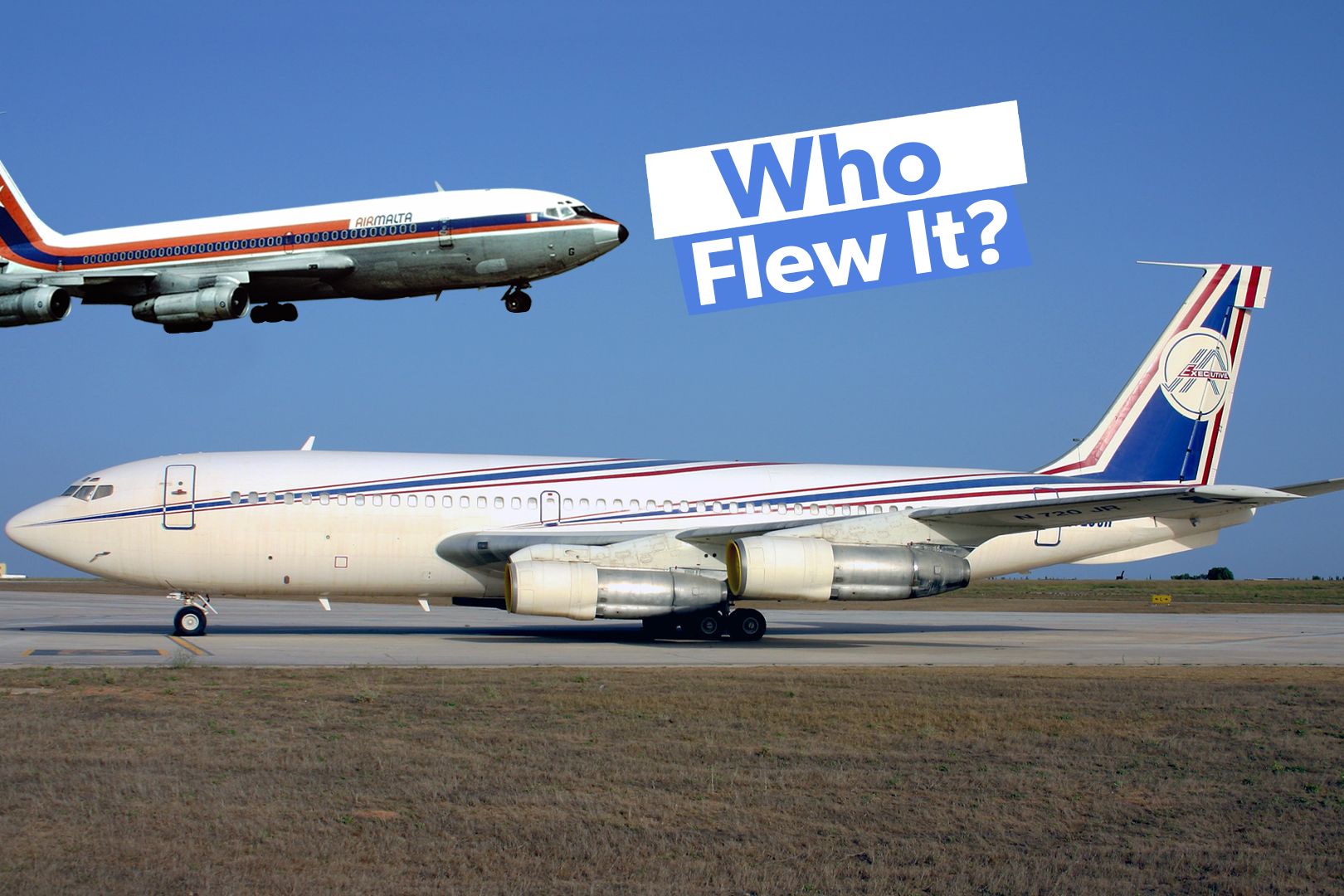
You might also like:
Examined: The Airlines That Flew The Boeing 720
Several operators across the globe flew the legendary aircraft.
PIA today
The latest data from ch-aviation shows that PIA currently operates a fleet of 32 aircraft, with an average age of around 18 years old. The carrier’s varied fleet is made up of:
- 17 x Airbus A320
- 3 x ATR 42-500
- 6 x Boeing 777-200ER
- 2 x Boeing 777-200LR
- 4 x Boeing 777-300ER.
Photo: Asim Ali Malik | Shutterstock
The airline’s three hubs are located at Jinnah International Airport (KHI) in Karachi, Islamabad International Airport (ISB), and Allama Iqbal International Airport (LHE) in Lahore. From its hubs, the carrier flies to several destinations across the region, including:
- Dubai (DXB)
- Kuala Lumpur (KUL)
- Bahrain (BAH)
- Istanbul (IST).
The carrier also flies one long-haul route to Toronto (YYZ). However, since 2020, PIA has been banned from flying into the EU on the grounds of safety concerns highlighted as part of an EASA audit and the later pilot license scandal. The UK and the US were quick to follow suit.
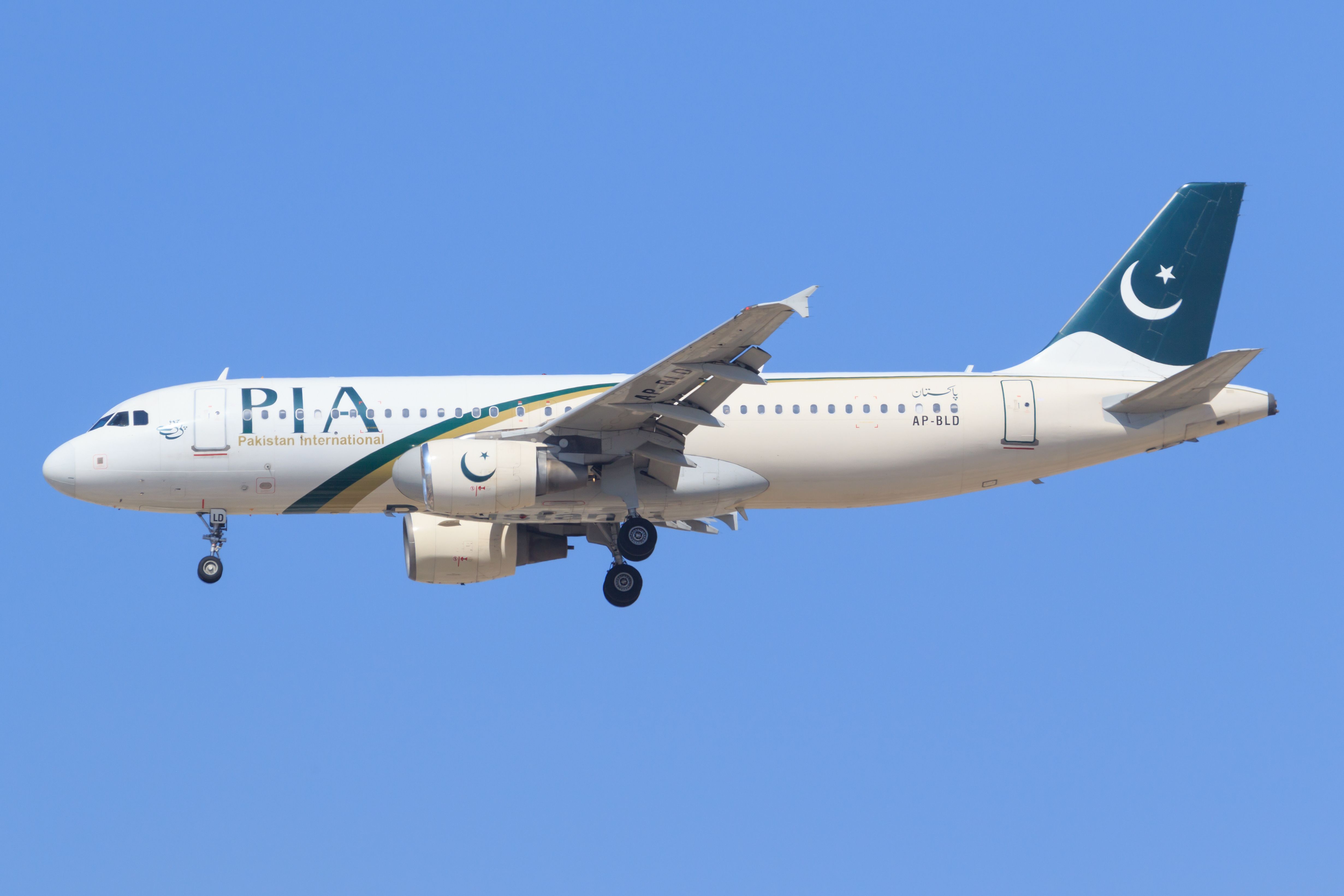
You might also like:
IATA Reports $1.6 Billion In Blocked Funds With 25% Stuck In Pakistan
While Nigeria and Egypt made progress in unblocking funds owed to airlines, there are serious issues with payments from Pakistan and Bangladesh.

